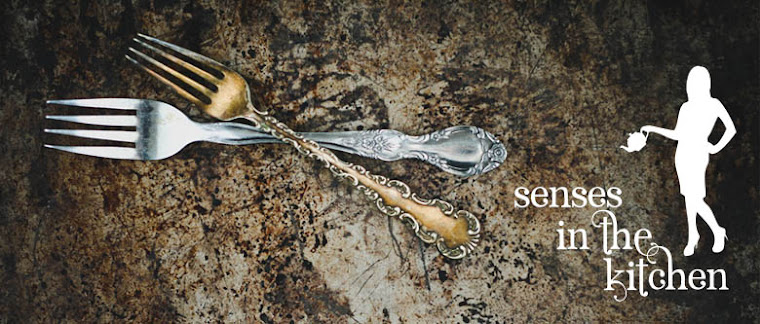Definitely the best one I have ever made. Not fabulously bright orange in colour, as I caramelised the edges of the vegetables to get this really deep flavour. And this I guess, is the secret of this soup and what makes it really fantastic. Sage, pumpkin, nuts - such a classic combination.
Serves 2-4
300g butternut squash, peeled, seeds removed and flesh diced into about 2cm cubes (weight after peeling and de-seeding)
300g sweet potatoes, peeled and diced into about 2cm cubes (weight after peeling)
2 garlic cloves, unpeeled
pinch of freshly grated nutmeg
pinch of chilli powder
5-6 tbsp olive oil
1 large shallot, peeled and diced
about 900ml vegetable stock
handful of whole hazelnuts
about 8-12 whole sage leaves
salt
freshly ground black pepper
Heat the oven to 180C.
Place the butternut squash, sweet potatoes, garlic in an ovenproof dish and drizzle with 2 tbsp of olive oil. Sprinkle with little nutmeg, chilli, salt and pepper and roast until potatoes and squash are soft and caramelized on the edges. Remove from the oven and leave it to cool down, You can roast the vegetables night before and refrigerate them. I did it because I was baking something else and had preheated oven - it saves time and energy.
On a low heat fry the shallot in a pan in 2 tbsp olive oil for about 10 minutes, until soft. Add roasted vegetables, and squeeze the garlic out of its skins and add to the pan. Stir and add the stock. Bring to the boil and simmer for about 3-5 minutes. Remove from a heat, liquidise with a hand blender and then sieve the soup using a fine sieve and ladle - this will make it even more smooth and make sure any unpleasant bits will not end up in the soup. Season with salt and pepper.
Fry the hazelnut on a dry pan until slightly browned then remove from a pan, place on a chopping board, leave then to cool down slightly and chop roughly.
Using the same pan heat the remaining olive oil and fry whole sage leaves for about one minute, until crispy.
Place the soup in a serving bowls/soup plates, sprinkle with the hazelnuts and top with few sage leaves. Drizzle with little of the sage oil. Serve with good bread.

















































